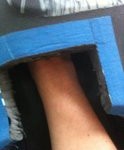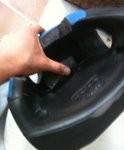Attacking clearances are a great way of eliminating a scoring chance, running in to get rid of the ball before an attacker can get to it. Standing up and kicking away, you do not take yourself out of the play as you would with a dive; allowing you to get back into the game if things mess up!
The attacking clearance is one of the best forms of aggressive goalkeeping, without having to commit to the risky manoeuvre of athletically diving in to deny a pass; actively choosing to deny a scoring chance, but also eliminating the possibility of another by clearing it away to safety in a single move. When a breakaway opportunity presents itself, you should be the first one there to meet the incoming ball; rushing out to deny the attacker the chance to receive the intended pass, which would otherwise have resulted in a tricky 1-on-1. However, you shouldn’t just use it in this situation; at times when the ball gets loose within a D, you need to be active in claiming the ball, dominating your area to control the play to your advantage.
Technique
The technique for a solid attacking clearance is based on a well executed instep kick, so that you can gain the maximum distance for the clearance, when swinging in. Given that you are running in with speed, to make contact with the ball, you have to be precise and accurate, otherwise you could mess up the attempt, or miss the ball entirely.
-
Begin your run on the angle of contact with the ball (i.e. straight forward, if it is coming down that way, or diagonally); it is important you match up the angle, or you can end up being in the wrong place when it arrives
-
As you run in to meet the ball, swing in with the instep (using an instep kick), for maximum on the clearance – watch the ball in, to ensure you
-
Direct the kick with your instep; turning your foot to angle the redirect (face the area you want to clear it to, to help this)
-
Follow through on your kick as normal, so that the angle of direction is maintained after the kick (i.e. to keep a straight line)
-
Having made the clearance, get back in goal as soon as possible, so you are ready, just in case
Pointers:
-
Be ‘quick off the blocks’ to beat the attacker to the ball; sprint out with speed to reach it
-
Be aggressive – don’t back out, be committed, and go in with
-
Stick to your decision: be decisive; if you think twice and mess up, then you can get in a tricky spot, embarrassingly concede a silly goal
Breakaway passes
The most obvious scenario during a match where you can actively come out off your line to meet the ball and launch it clear, is on a breakaway. By challenging with an attacking clearance, you can eliminate such an opportunity. With the attacker racing forward trying to receive the long pass and then take you on in a 1-on-1, you have the time to come out and clear the ball (away to the sides) before they reach it; denying them a chance on goal. As the ball comes in, sprint out to meet it and then kick clear with the instep technique, focusing on where the open space is, and therefore where to place it.
With an aerial ball into the D (at higher levels) you have to be more ‘on your toes’ and ‘ready for action’ to quickly counter the threat; . Before you know it you can get ‘sprung’ on the play, quickly beaten by the attacker as they run around you, with the ball in the back of the net. At times like this, you need to react in an instant; sprinting in immediately to get to the ball first.
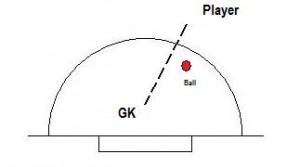
Loose balls
In scenarios when the ball gets loose, you can again actively come out to clear. Whenever a ball has broken free, you can make it your job to get to it and kick it away; eliminating any chance of an attacker getting to it. If the ball gets free in the D, then you can come off your line and sprint into the ball’s path; actively getting rid of it to the sidelines. By doing this, it allows your defence to regroup and ; buying you time to get back in goal and prepare for further shots on goal. By aggressively taking charge of the situation, you relieve the pressure on your defenders to deal with the problem, whilst also nullifying the danger and making it ‘safe’; preventing any further chances on goal. With your kicking ability, you can put the ball to safety with power and distance on the clearance, or pass it to a free player, to get it away from the danger area.
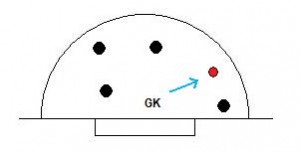
Free balls
Just as you may face game situations when the ball , you will also need to actively ‘make it yours’ when the ball becomes free from the main group of players; aggressively getting into space and challenging out to get rid of the ball, where it is currently a danger. After a tip-in save or deflection, you may find that the ball gets free and needs to be cleared, before an attacker can come in and put away the rebound. There are also times when a defender could get muddled and end up falling over, or mess up a pass, whereby allowing an overlap for an attacker to get through the open space. These are the times when you should look to get the ball clear by yourself.
Going one step further, you should make it your mission to latch onto any free ball; taking that extra step and getting in front of the attacker, in order to beat them to the ball and get it clear.
Rebound dangers
The only problem with an attacking clearance, is the possibility of the player ‘getting something on it’ and redirecting the ball back towards goal, which will end up with the ball hitting the backboard, as it goes in off their stick. A hard enough kick should dislodge an attacker’s stick and make sure the ball gets cleared, but it is worth being warned of the dangers, even if they are very slim. If such a thing happened, then you would need to be quick getting in front of the ball to stop it ending up being a goal. Alternatively, if this could occur, then sliding in to block, or diving in to clear (so that you are behind the ball, increasing coverage with your body in front) will help lower the chances of a goal being scored.
This is more likely to happen at national league level, where they are very skilful at reading the game and deflecting in shots, however, you may face a tricky sneaky forward intent on scoring, so it is worth remembering. Just be aware of attempts on the rebound on the kick; if the kicker carries on through, they may try to deflect it back (at goal), by getting their stick down on the floor.
Attack the ball!
Ultimately, it is a good skill to be able to clear the ball before the opposing players get the chance to take it; shutting down scoring chances by eliminating a shot on goal, or second shot. You need to be aggressive in your approach; actively going out with commitment, so that you can close down and deny opposition forwards their chance of glory. Self doubt and rethinking will be problematic; causing you to mess up the attempt (with disastrous consequences), so you have to be decisive and do it with conviction (solely focused on the task at hand).
If an opportunity to get rid of the ball, away to safety arises, then you really need to take charge of the situation; making the ball ‘yours’ and dominating. During the game, whenever the ball springs free, you should be the first one there; taking charge, in order to immediately get the ball out of the danger zone.
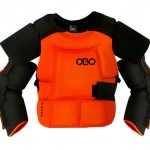
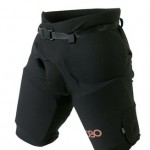
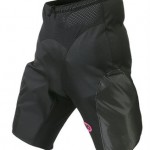
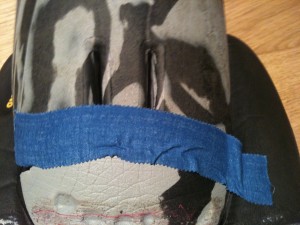
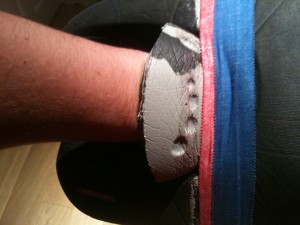
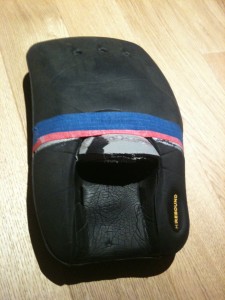
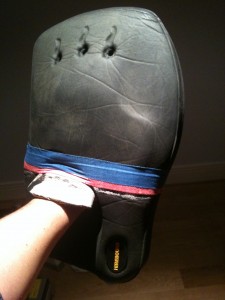
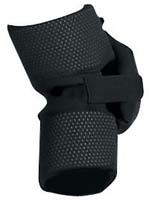
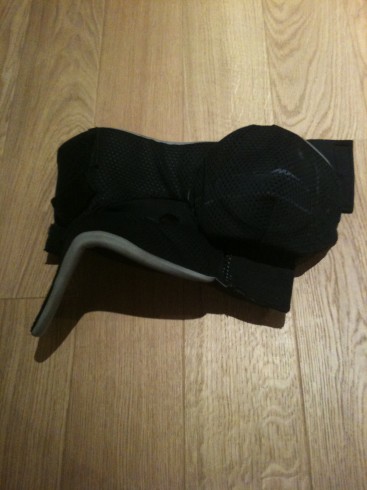
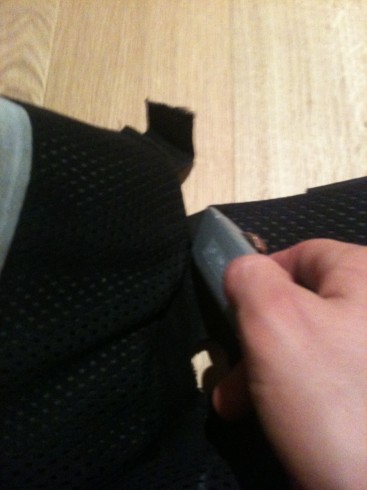
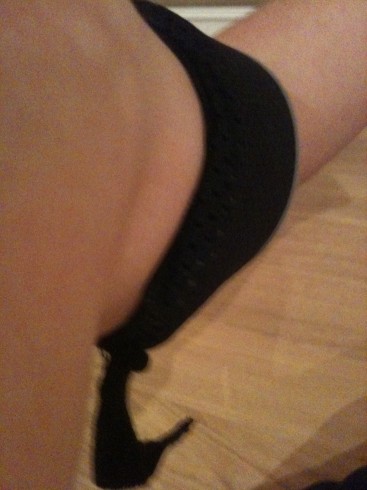
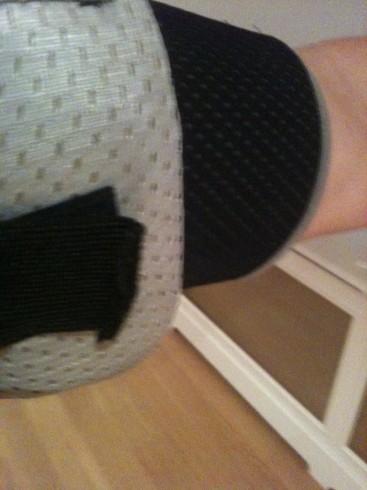
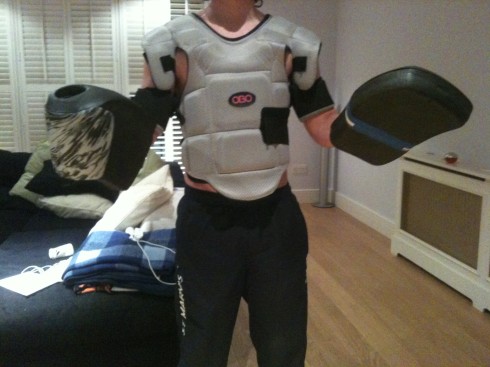

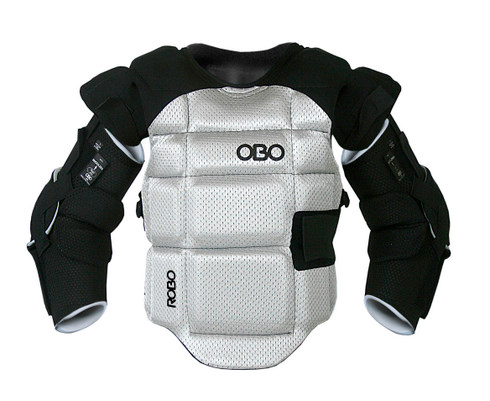

 Heres the official points, results and upcoming fixtures tables from the Champions Trophy being held in Melbourne at the moment as well as some images of an amazing save by germanys Tim Jessulat (even though he plays in TK its still a great save). Also check out this video of some amazing saves by Korean Goalkeeper Myung-Ho Lee.
Heres the official points, results and upcoming fixtures tables from the Champions Trophy being held in Melbourne at the moment as well as some images of an amazing save by germanys Tim Jessulat (even though he plays in TK its still a great save). Also check out this video of some amazing saves by Korean Goalkeeper Myung-Ho Lee.
